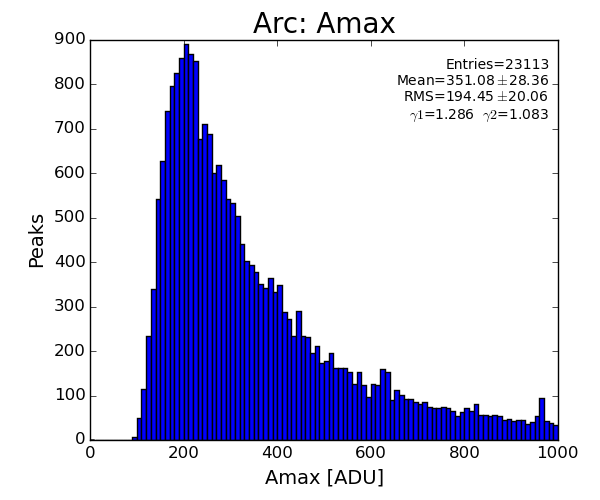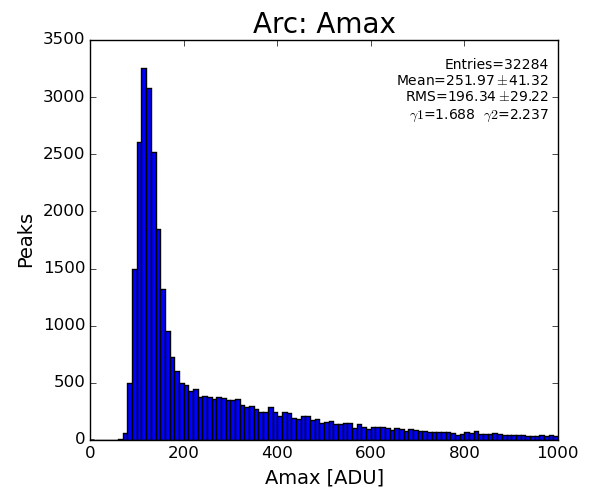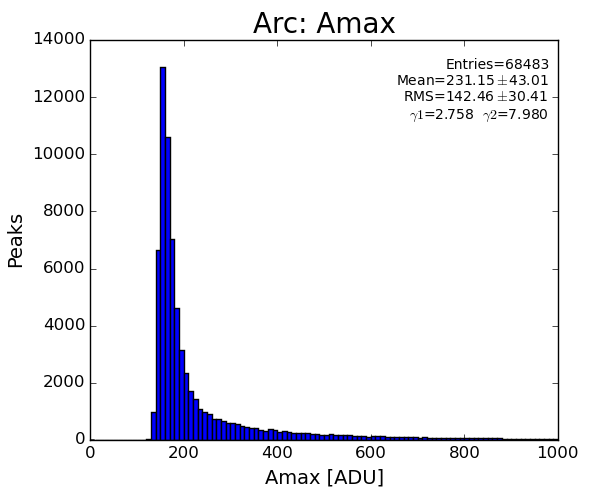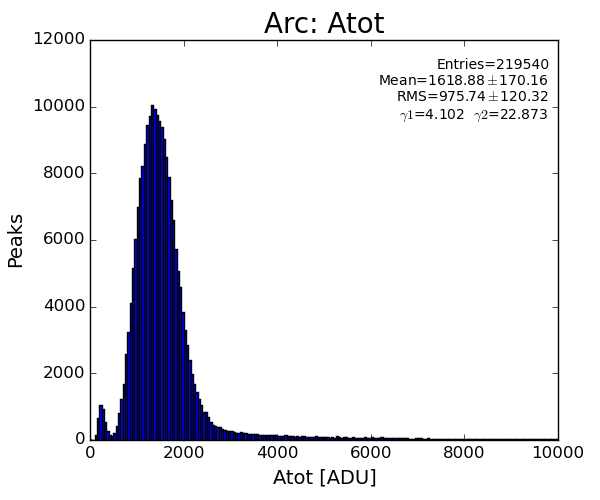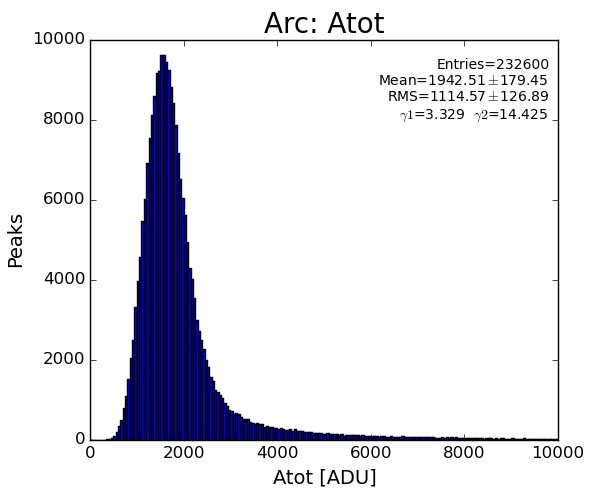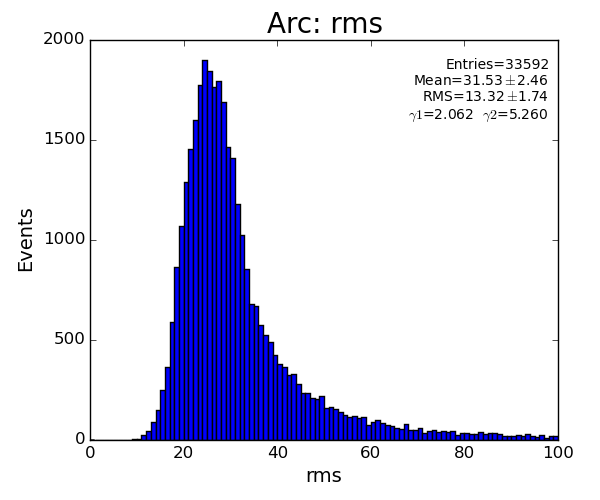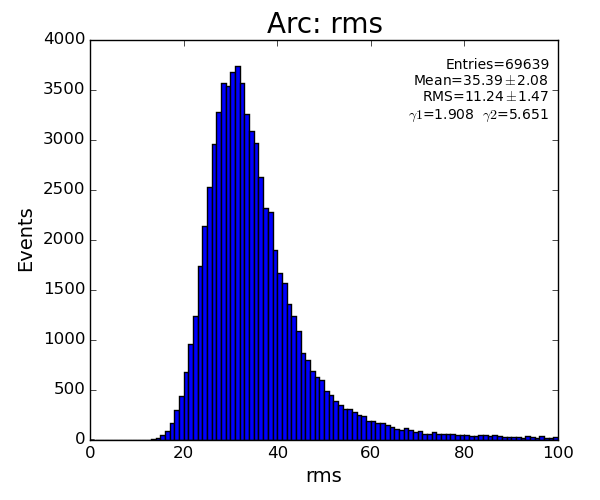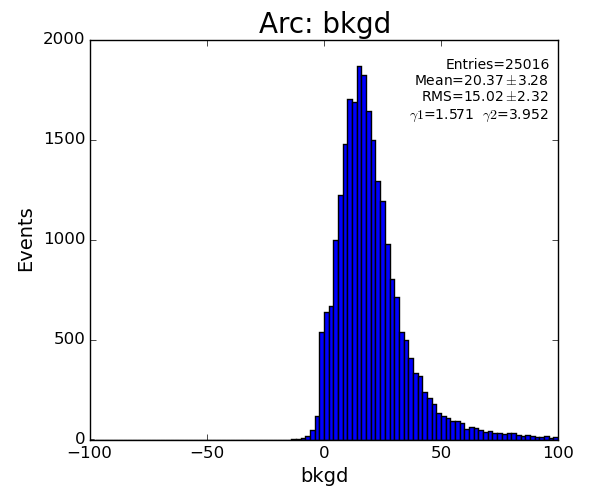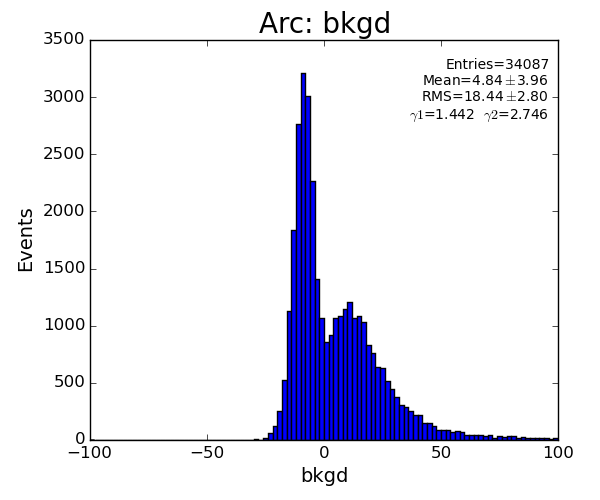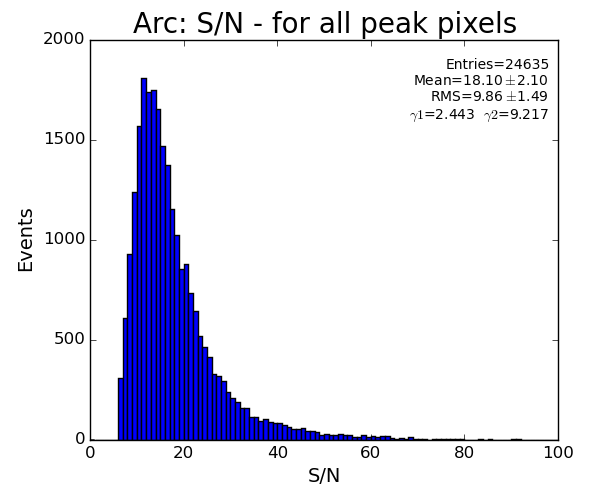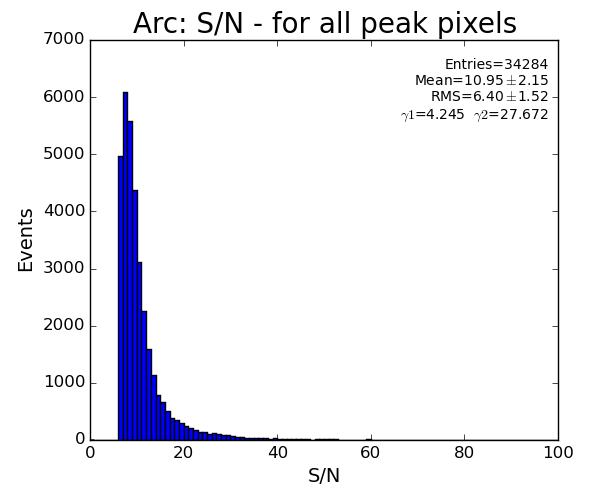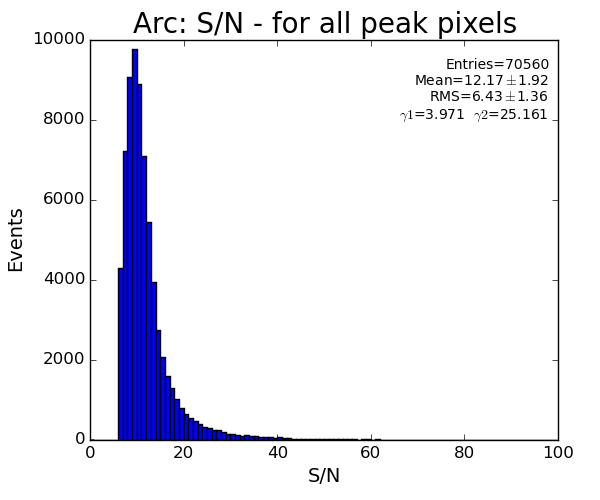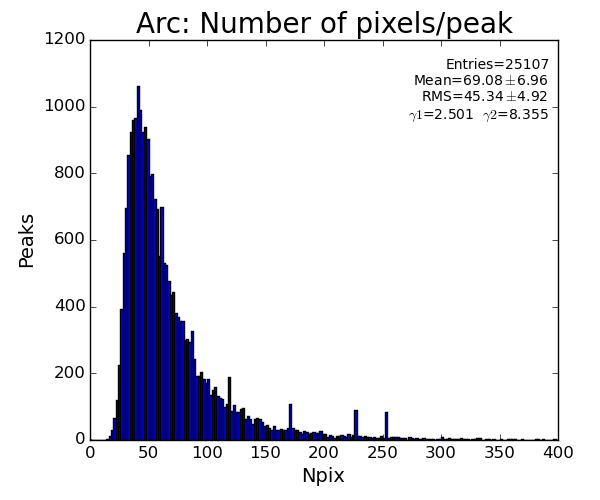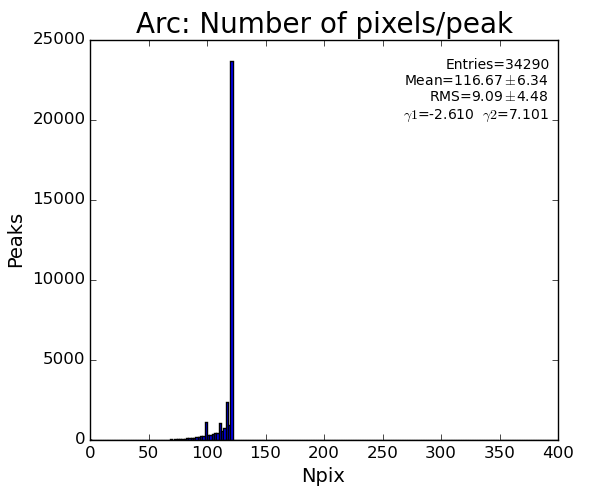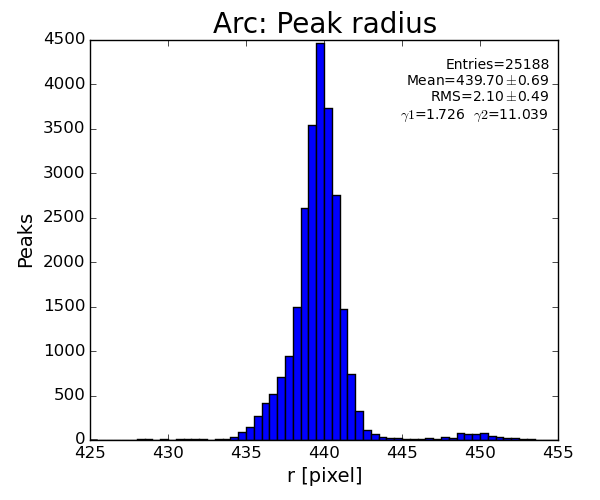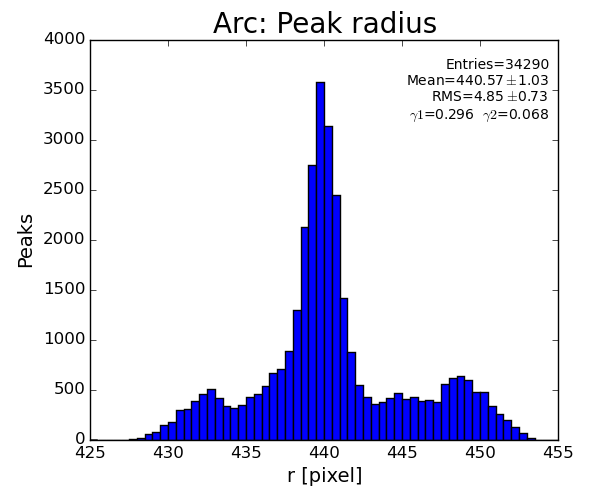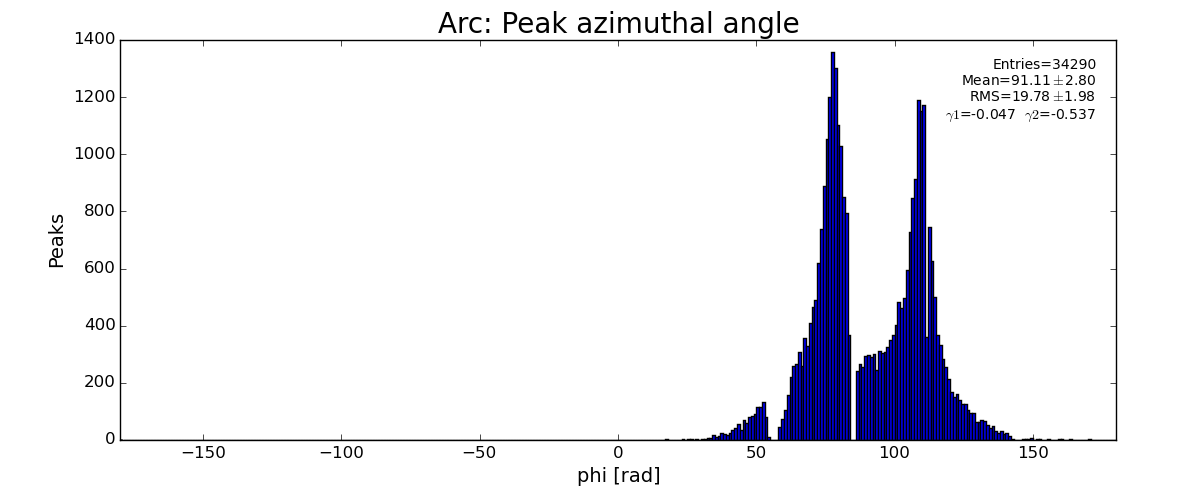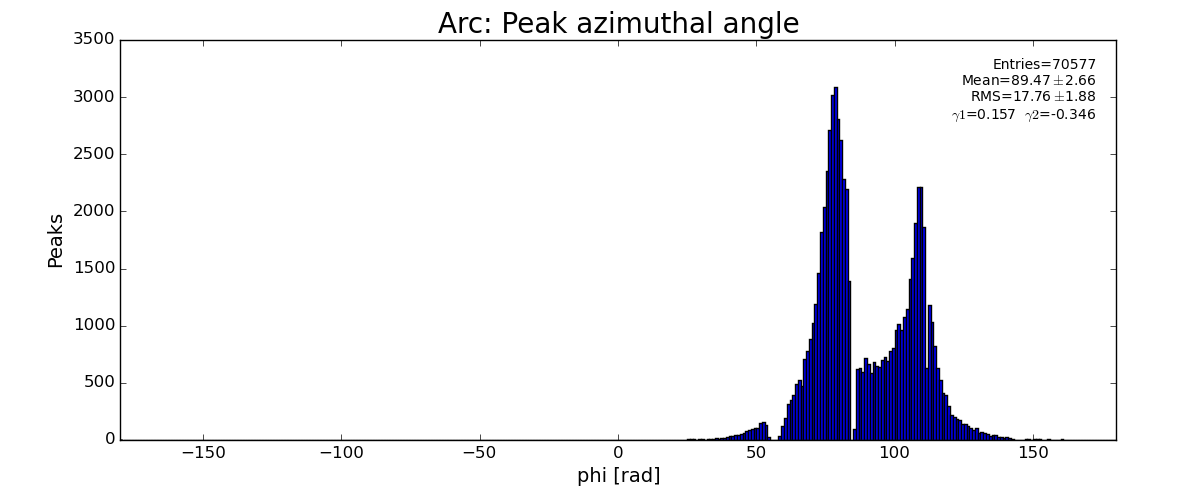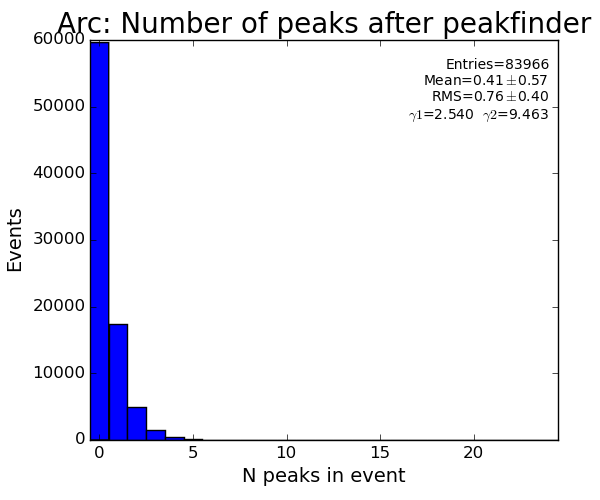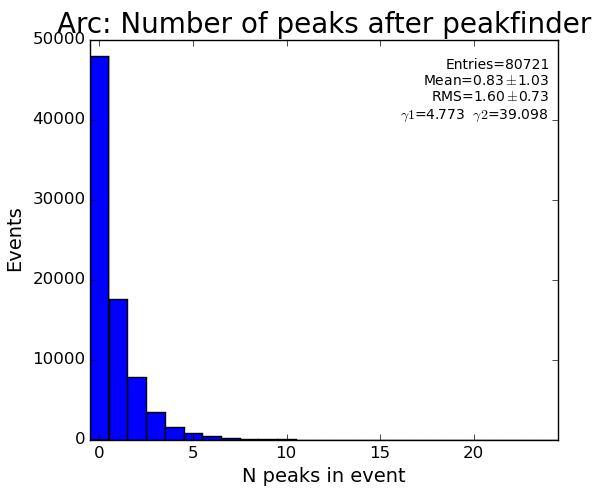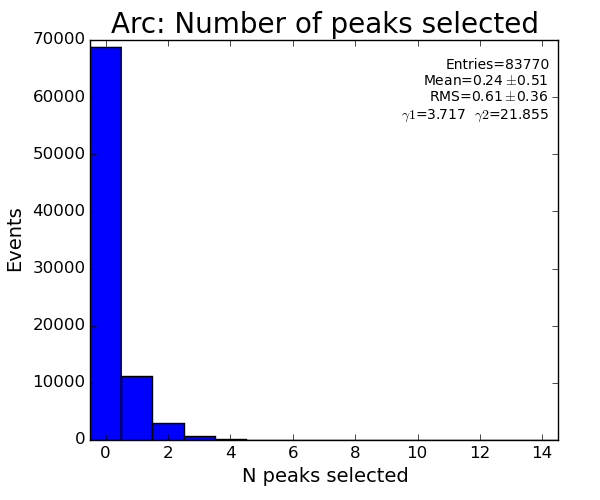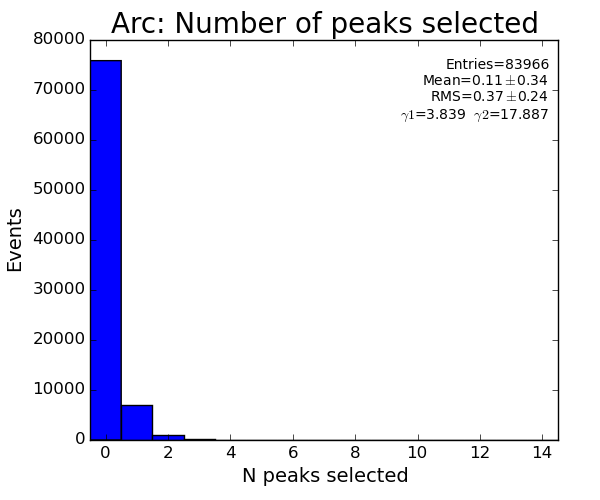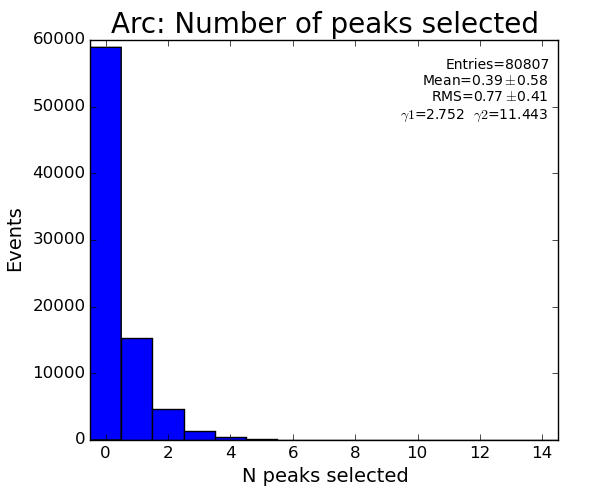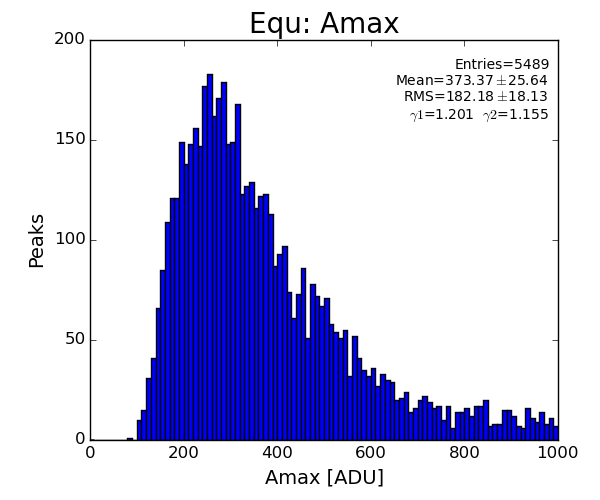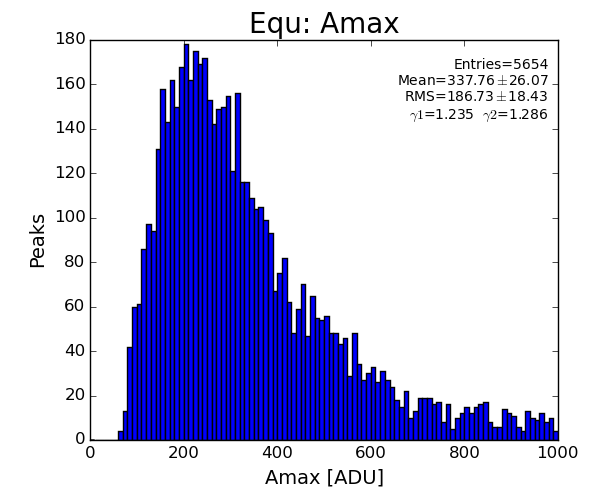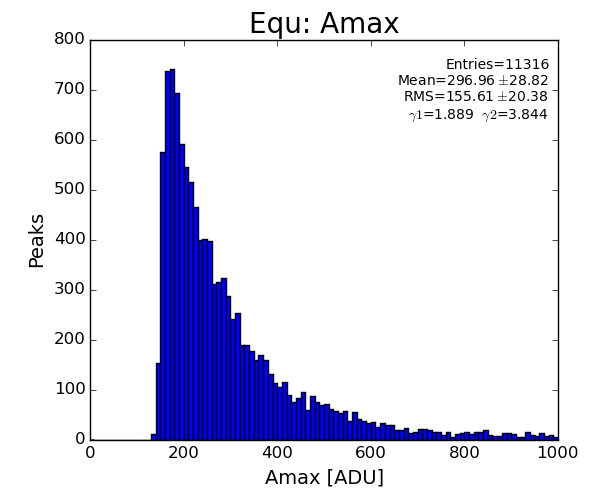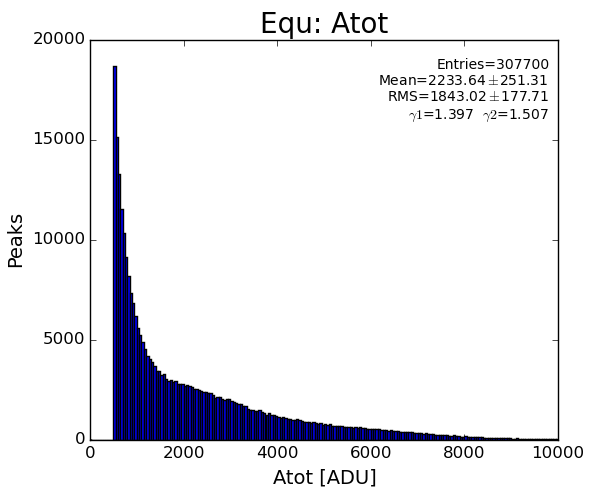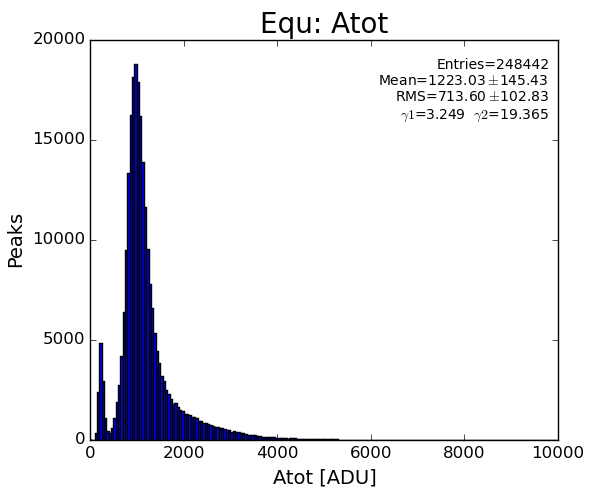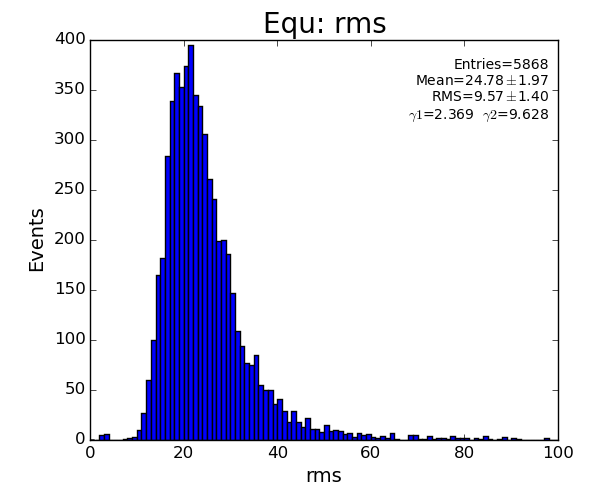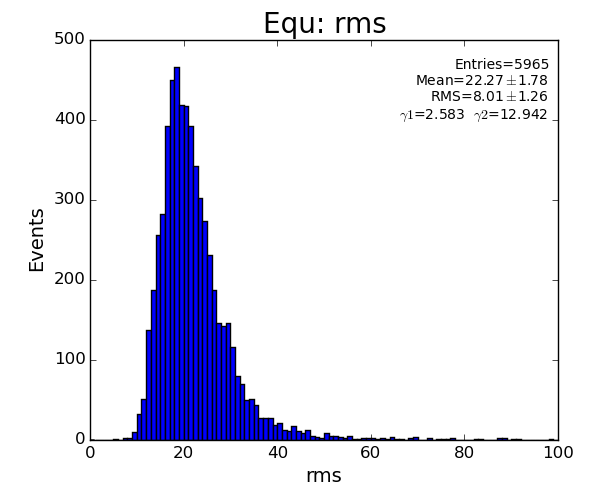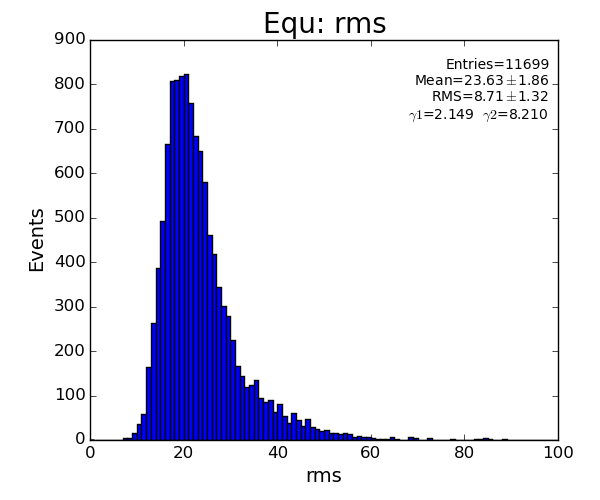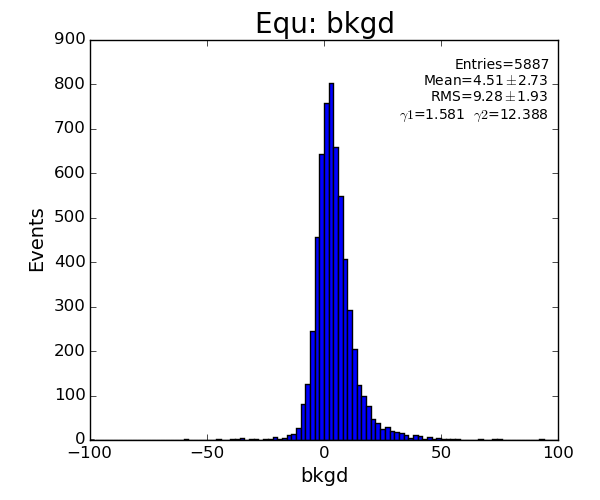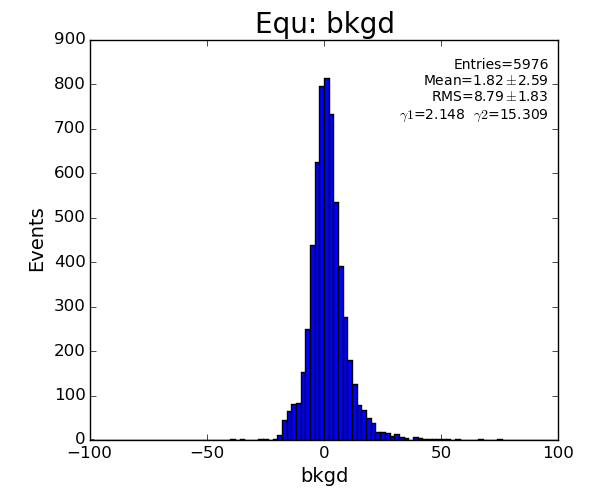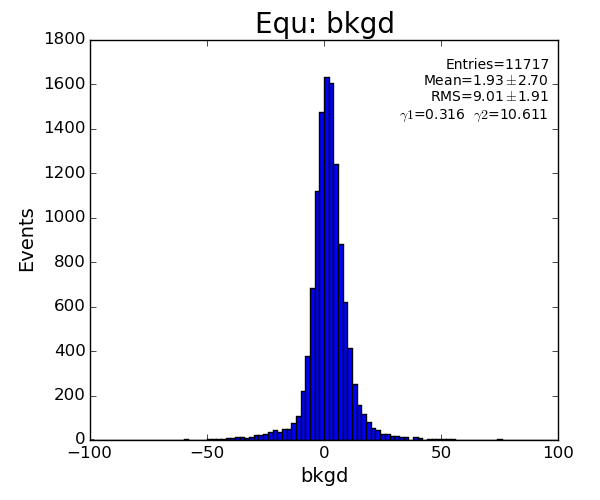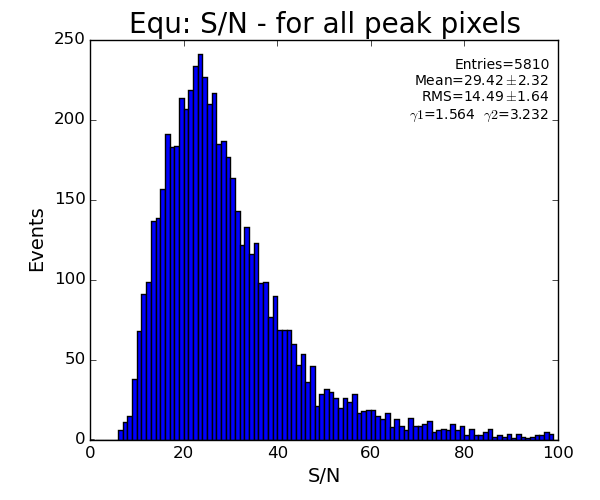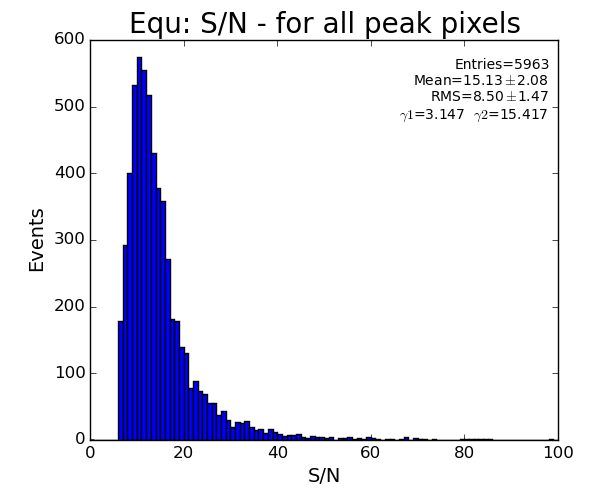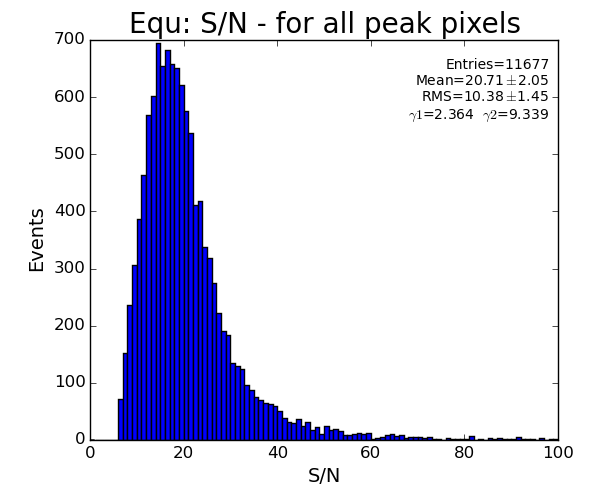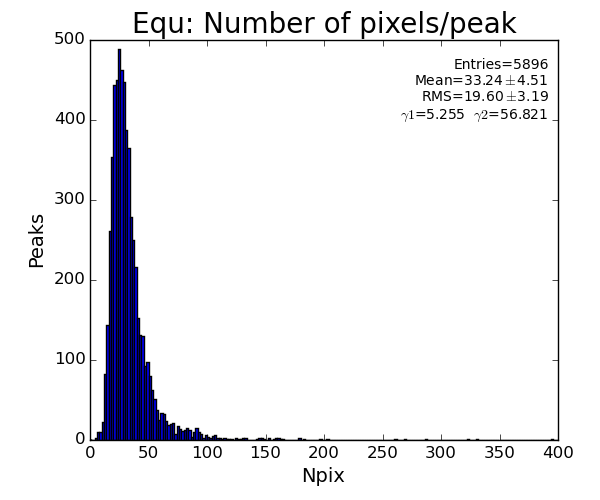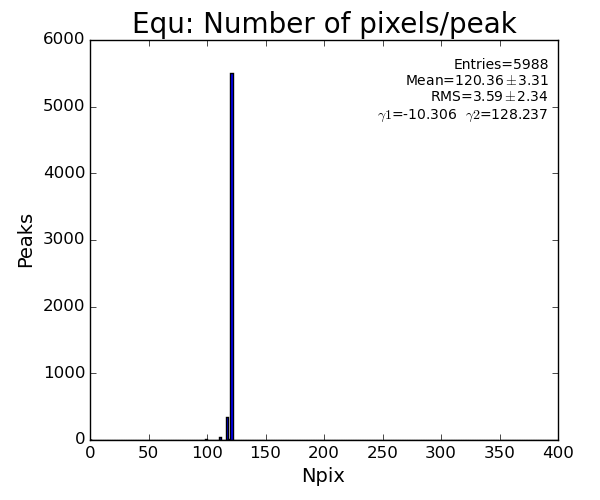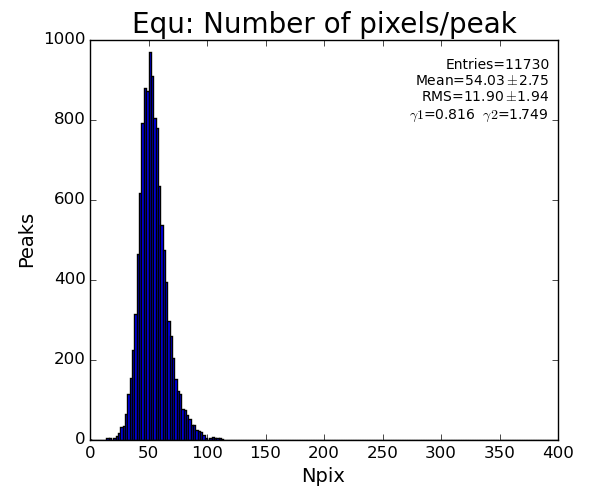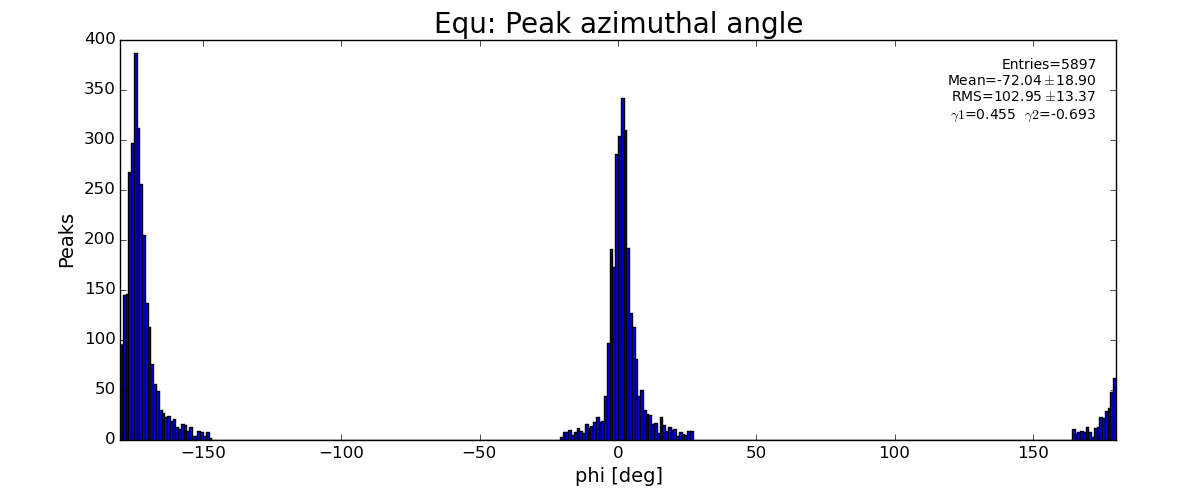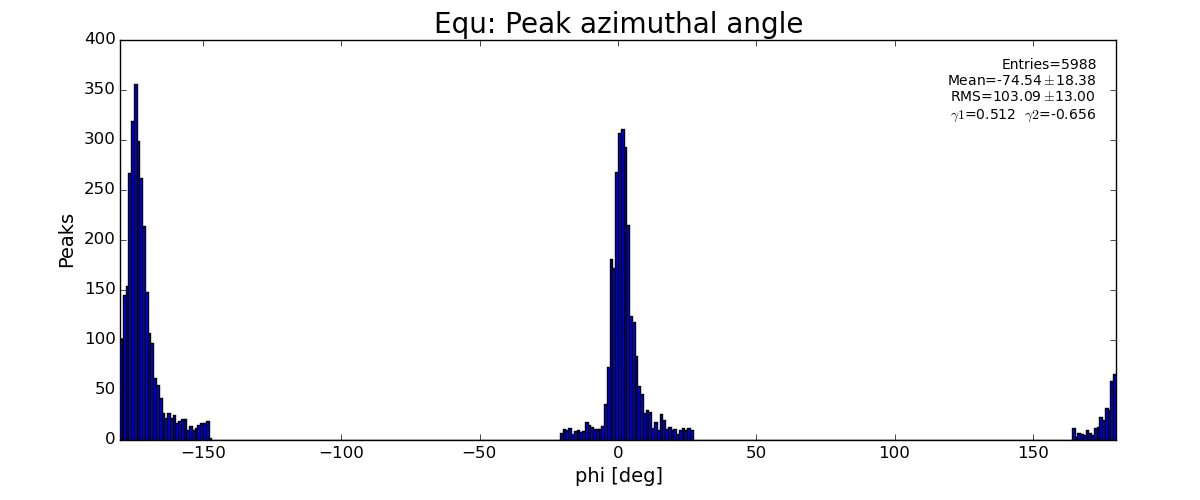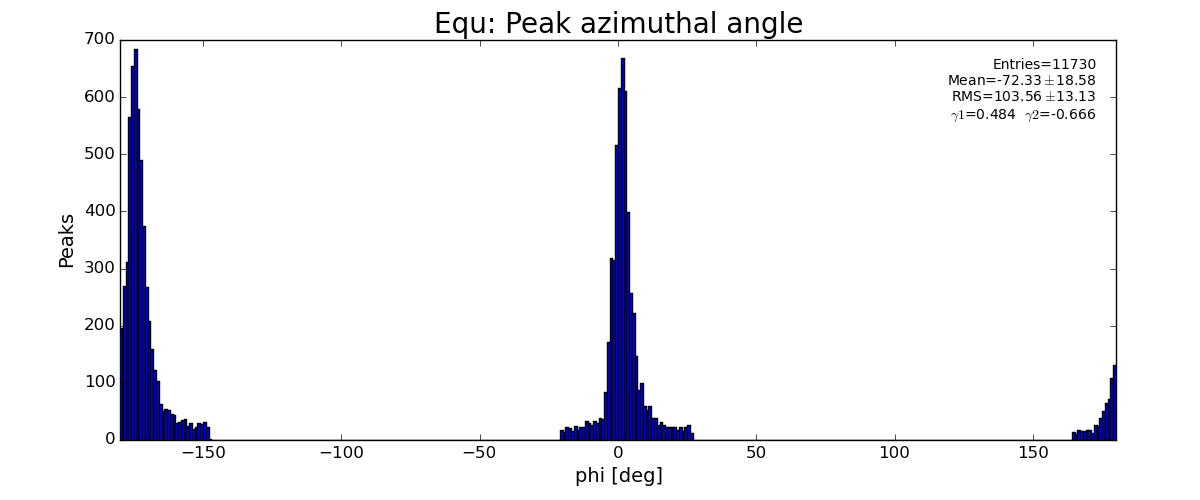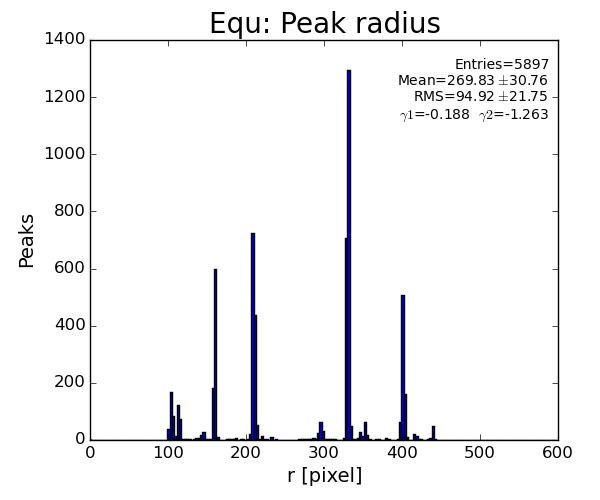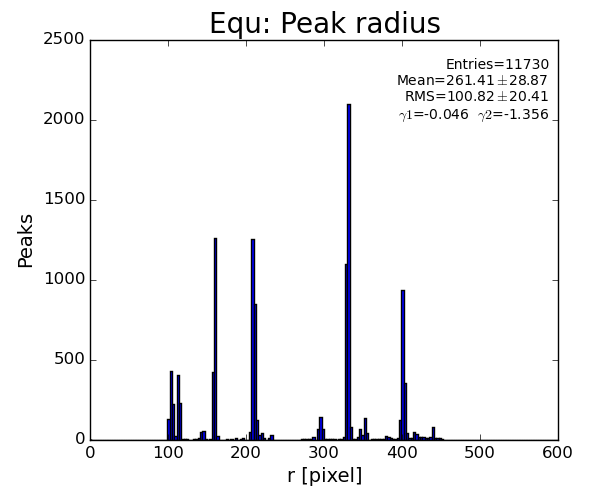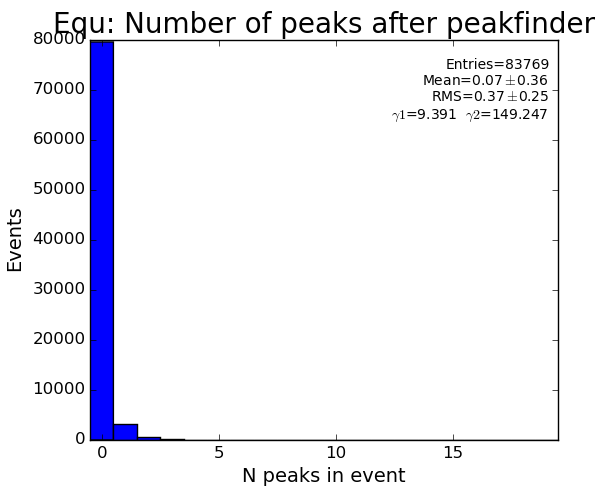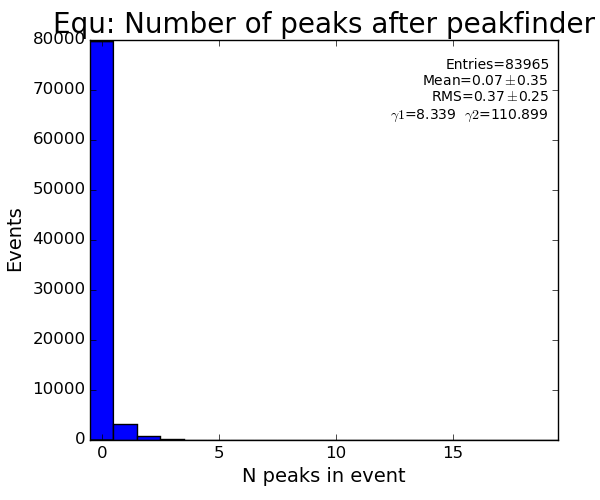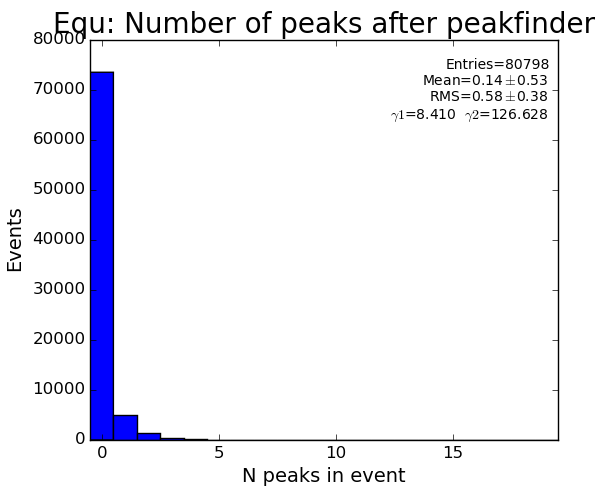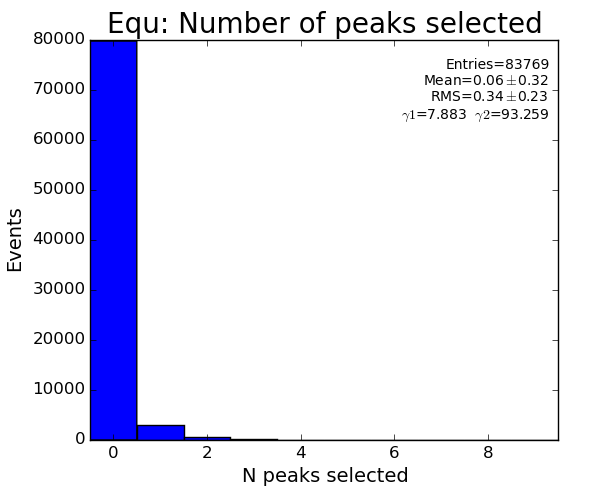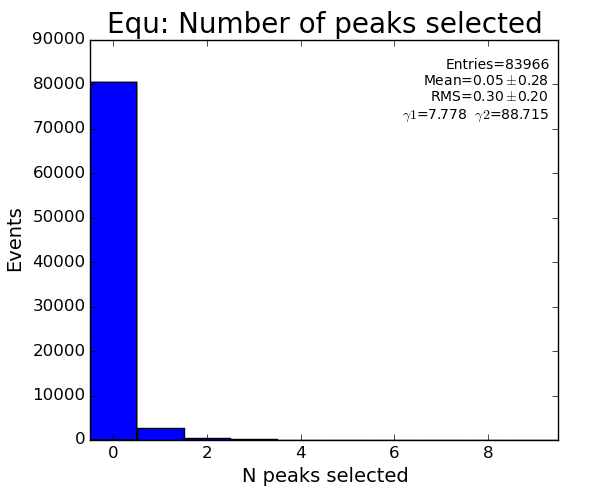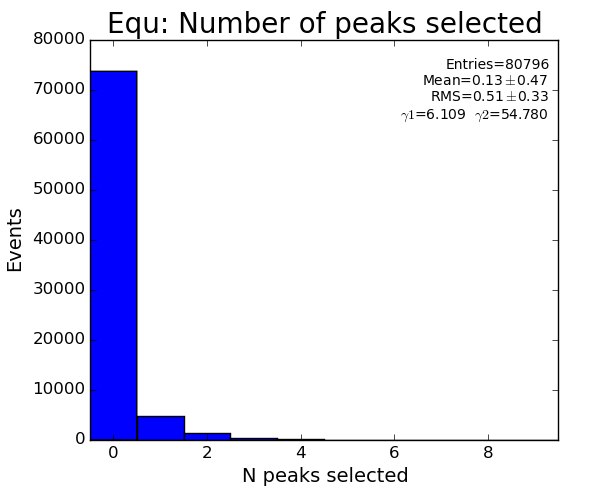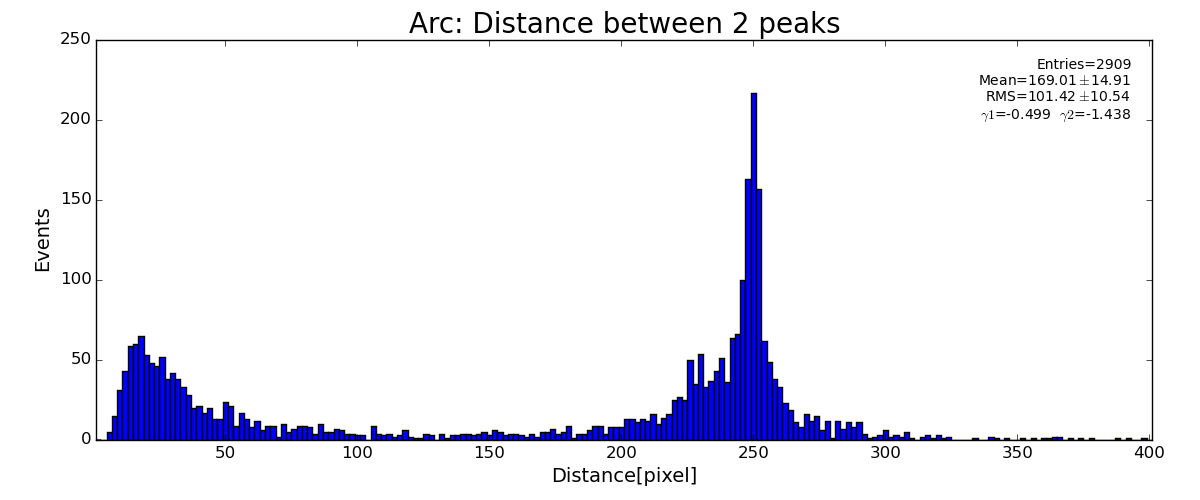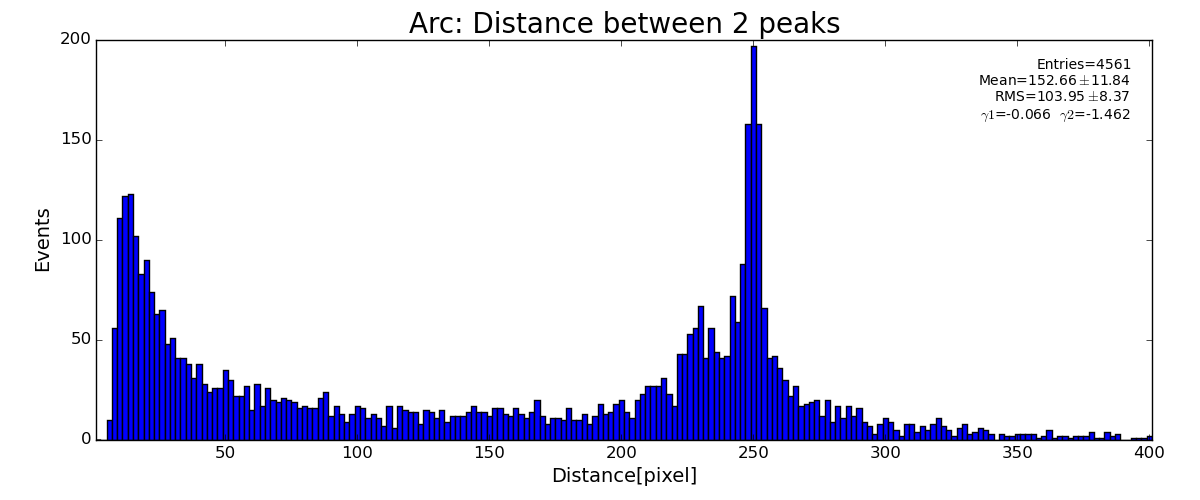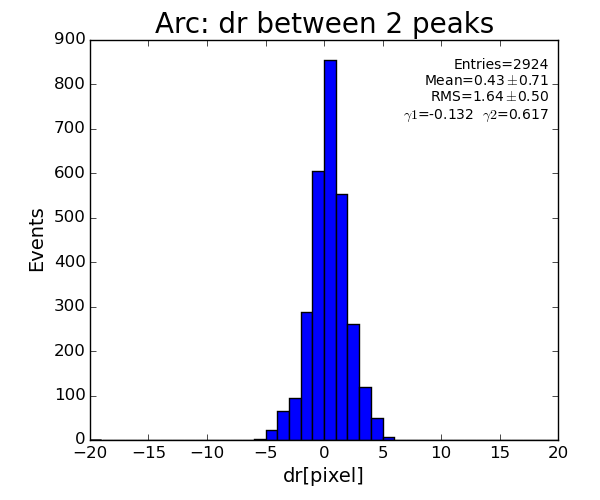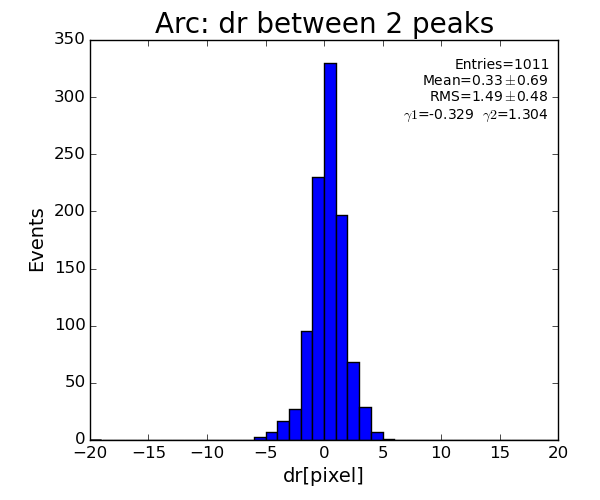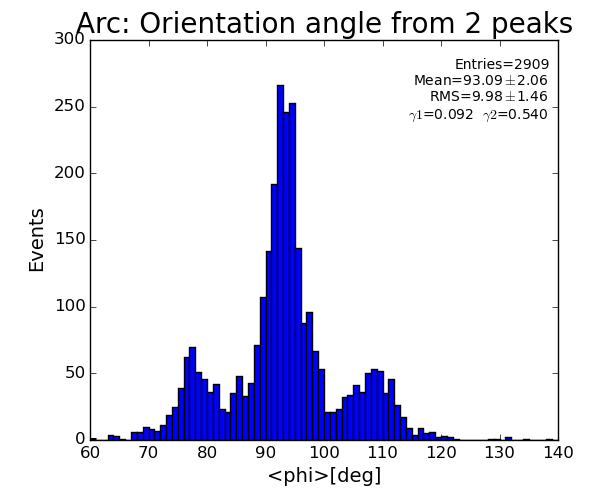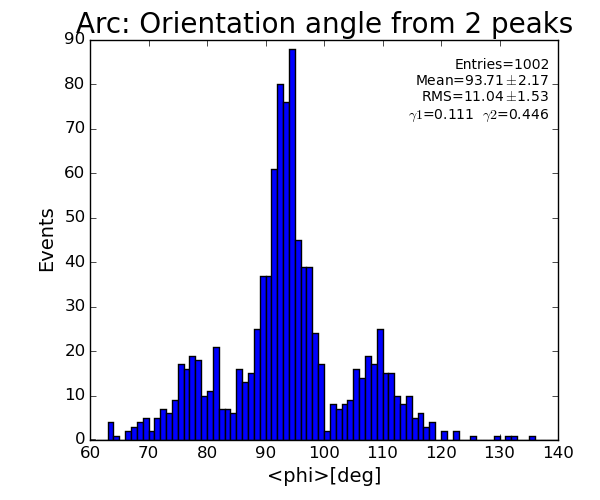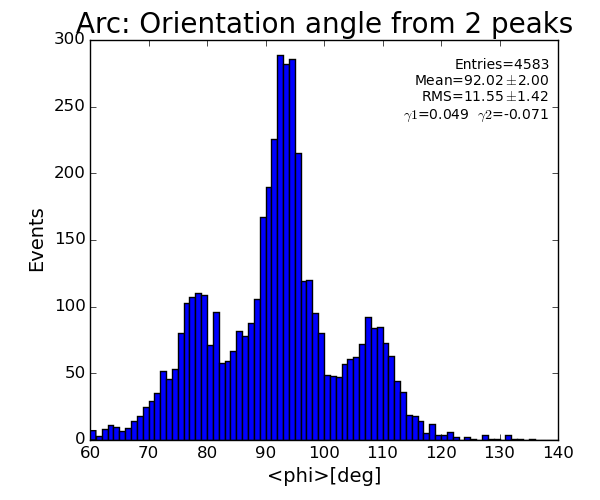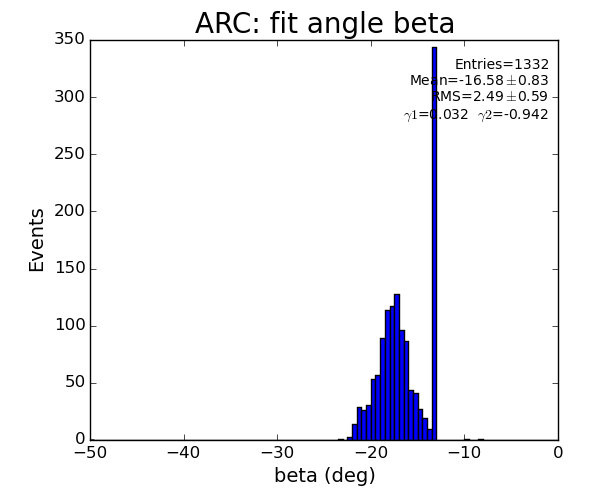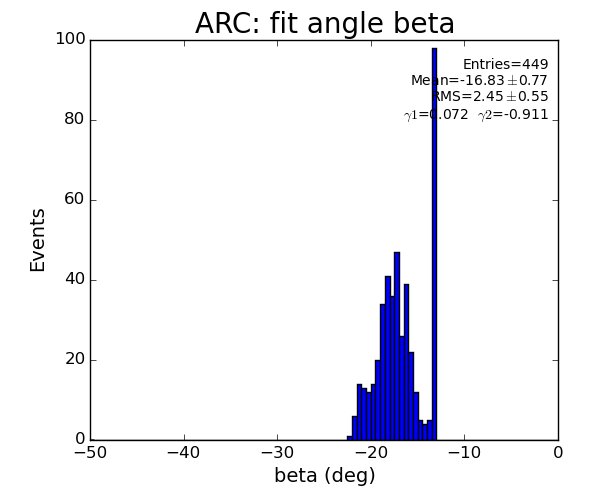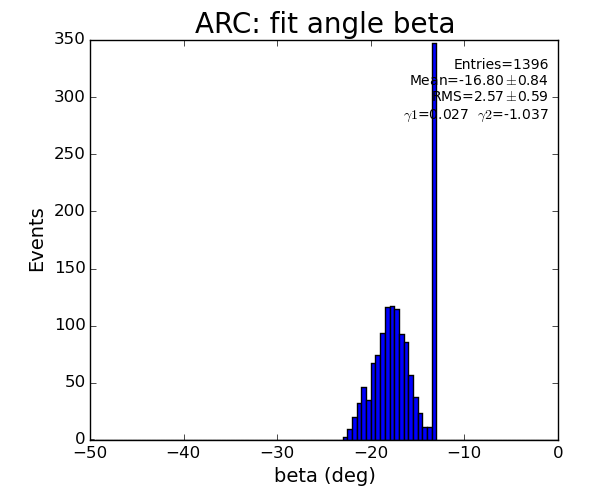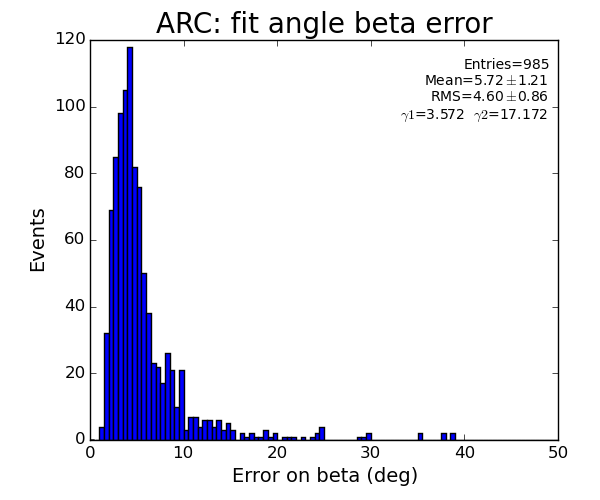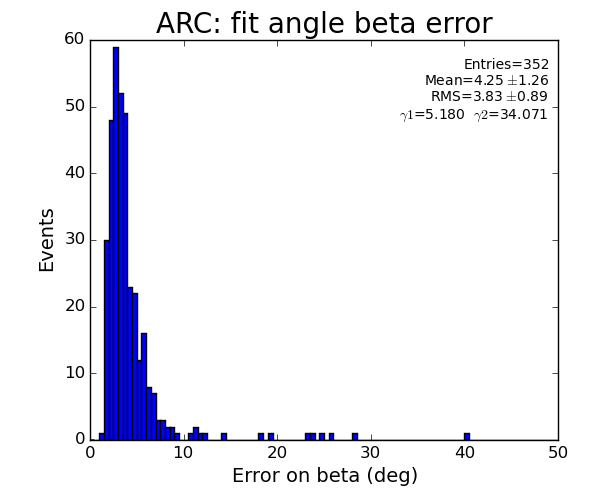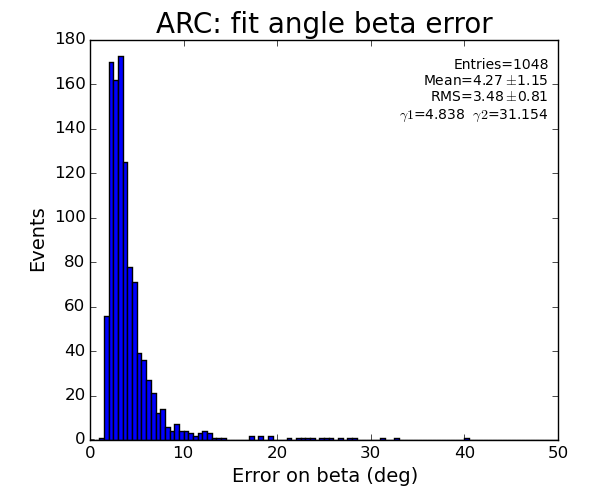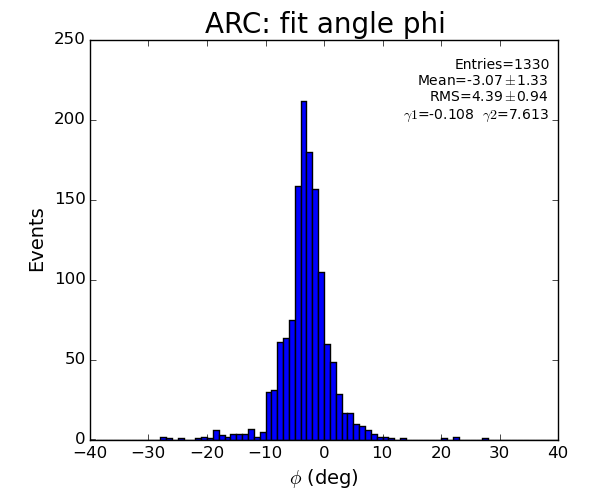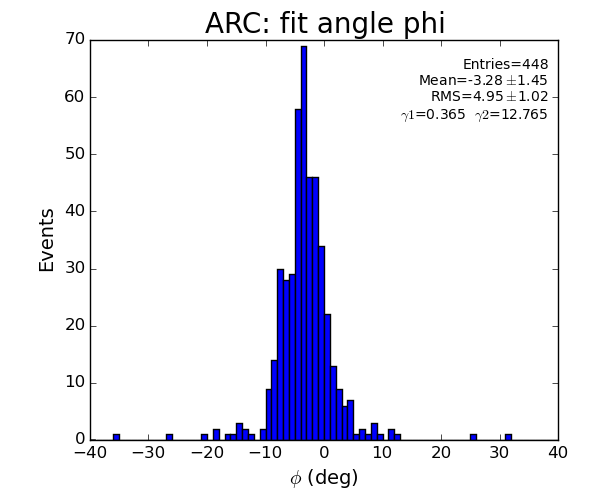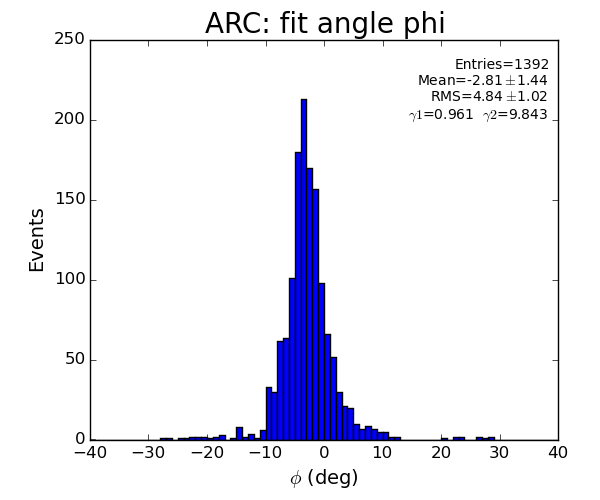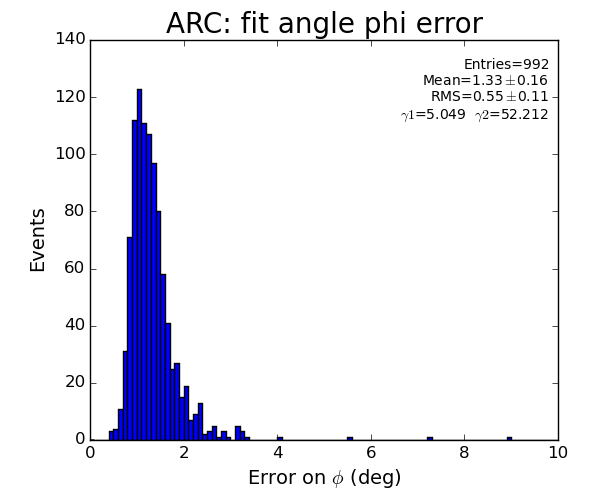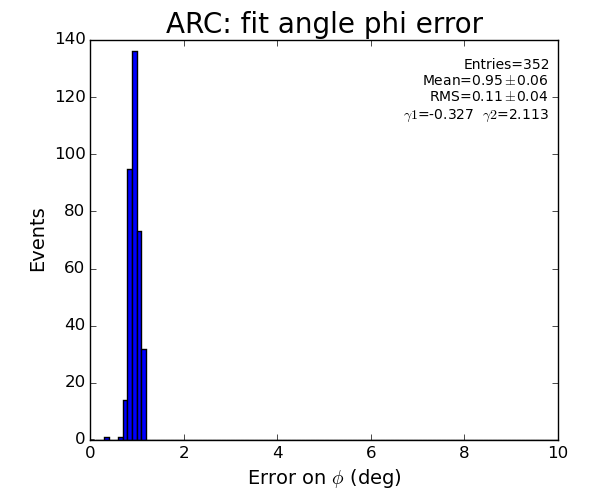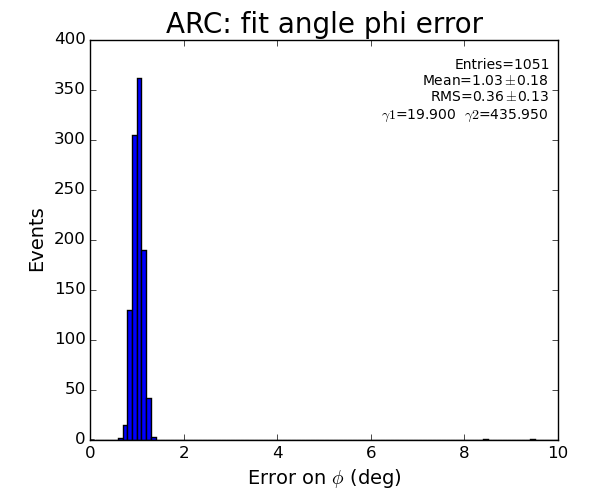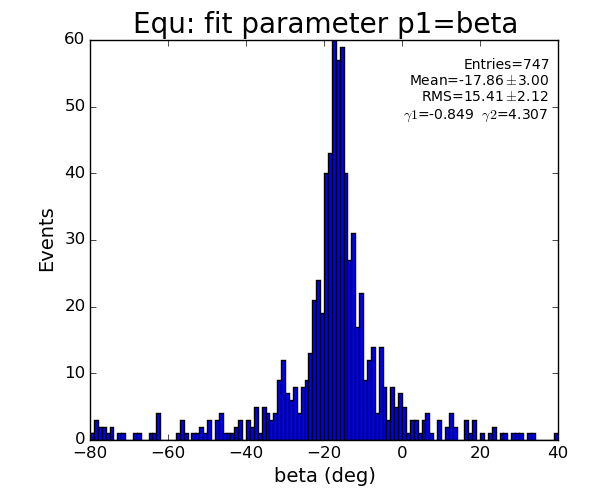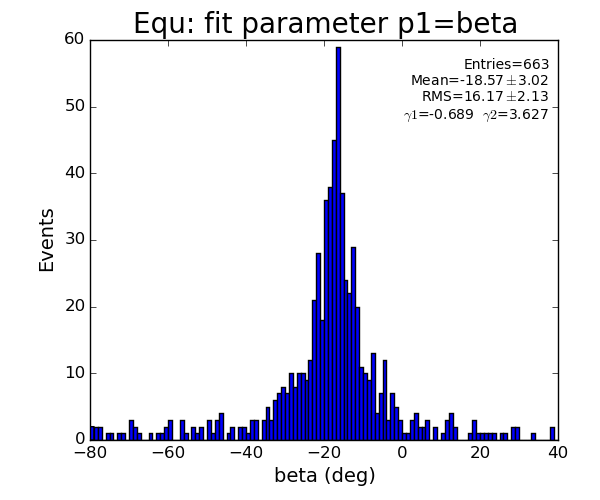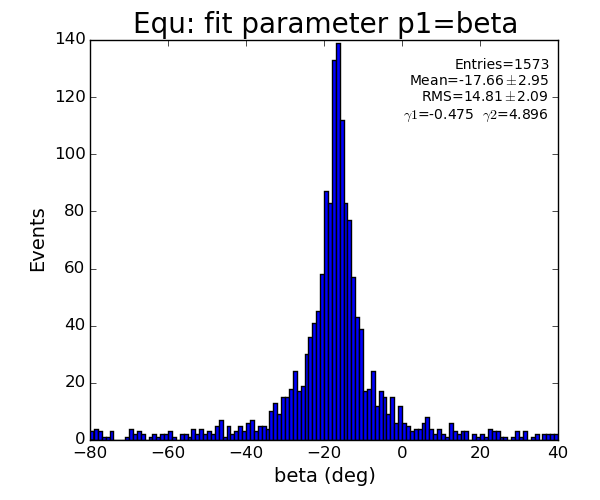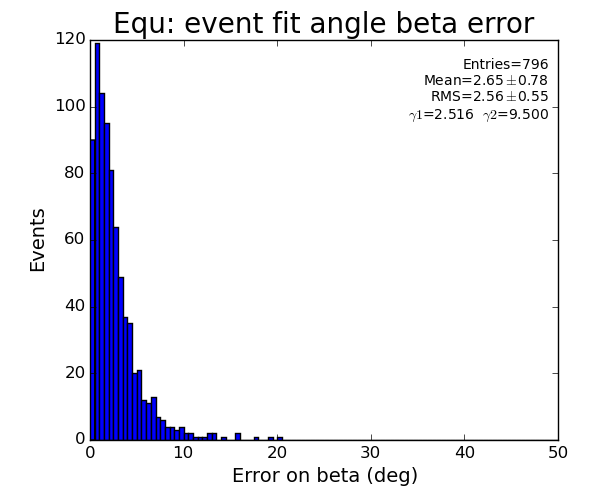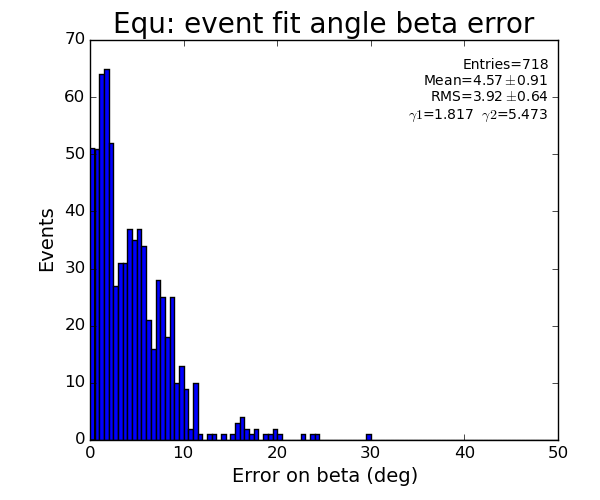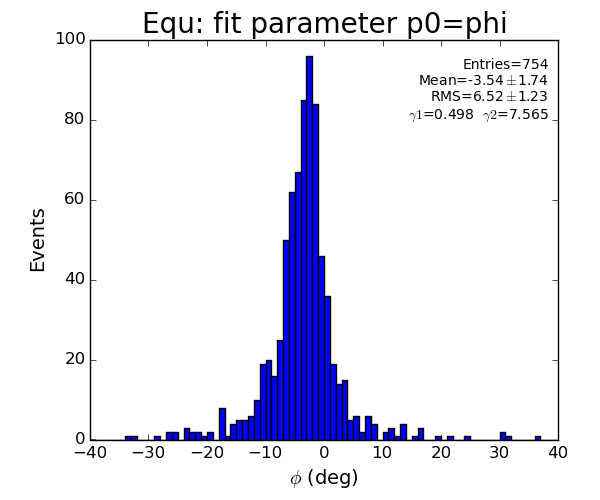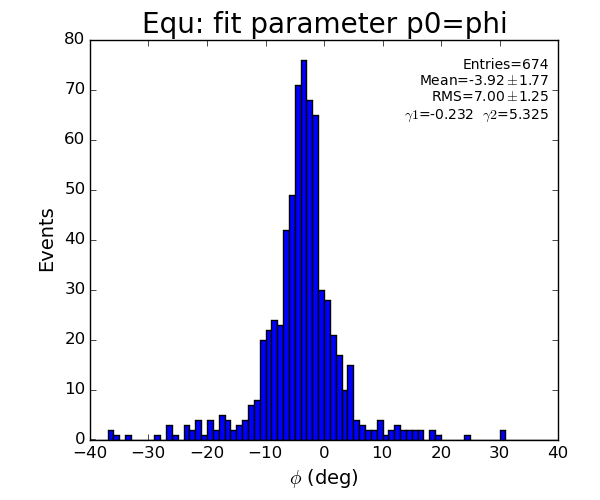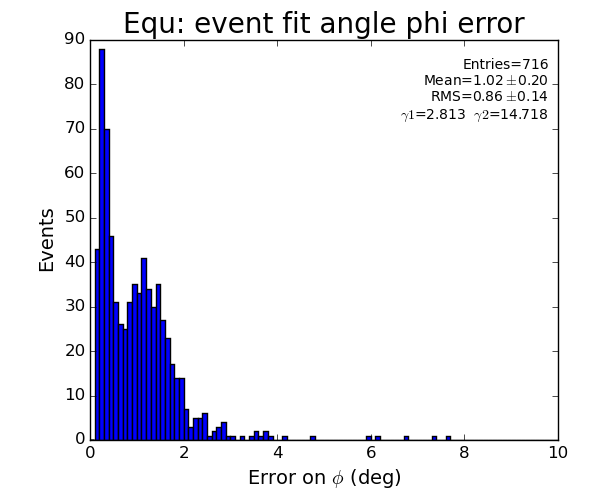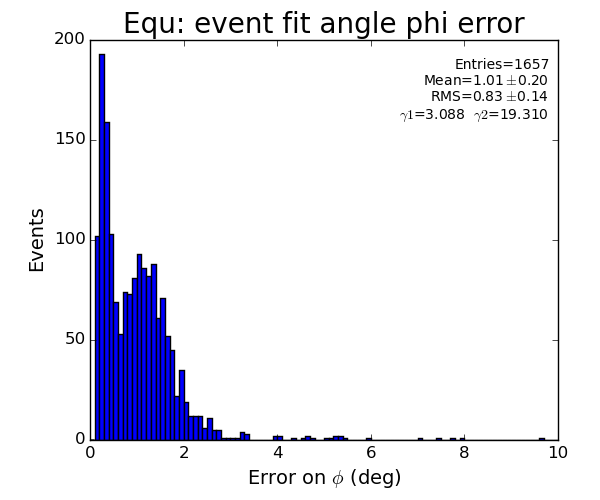Content
Data
exp=cxif5315:run=169
V2 News
V2 is done for test of peak finders after revision r1.
See for details
- Hit/Peak Finding - description of algorithms
- ImgAlgos.PyAlgos - peak finders API
- PSAS-147 - details about revision 1
We work with peak finder versions v2r1, v3r1, v4r1.
Data processing and peak finding is done in cxif5315/proc-cxif5315-r0169-data-pfvn-2016-04-19.py
Peak selection parameters
- selection parameters were set with as minimal number of parameters as possible.
- selection parameters of different peak finders were adjusted to get about the same yield of peaks in the file.
from ImgAlgos.PyAlgos import PyAlgos
alg_arc = PyAlgos(windows=winds_arc, mask=mask_arc, pbits=2)
#alg_arc.set_peak_selection_pars(npix_min=0, npix_max=1e6, amax_thr=0, atot_thr=500, son_min=6) # for pfv2r1
alg_arc.set_peak_selection_pars(npix_min=0, npix_max=1e6, amax_thr=0, atot_thr=0, son_min=6) # for pfv3r1, pfv4r1
alg_equ = ... # the same
# in the event loop:
# run peakfinders and get list of peak records for each region
#peaks_arc = alg_arc.peak_finder_v2r1(nda, thr=30, r0=6, dr=0.5)
peaks_arc = alg_arc.peak_finder_v3r1(nda, rank=5, r0=6, dr=0.5)
#peaks_arc = alg_arc.peak_finder_v4r1(nda, thr_low=10, thr_high=150, rank=5, r0=6, dr=0.5)
#peaks_equ = alg_equ.peak_finder_v2r1(...) # The same
Summary of peak selection parameters
peak finder specific parameters for seed peak finding
- v2:
thr=30 v3:
rank=5v4:
thr_low=10, thr_high=150, rank=5
use the same parameters for S/N calculation
- r0=6, dr=0.5
peak selection in the list
- common: son_min=6
- v2: atot_thr=500 # to keep the same number of peaks in the list as for v3,v4
Raw n-d array pre-processing before peak-finders
- get raw data
- subtract pedestals
- subtract radial background to polarization corrected data
- apply status mask
from pyimgalgos.RadialBkgd import RadialBkgd, polarization_factor
nda_bkgd = det.bkgd(runnum) # pre-defined n-d array with averaged background from calib/.../pixel_bkgd/...
nda_smask = det.mask(runnum, calib=False, status=True, edges=True, central=True, unbond=True, unbondnbrs=True)
mask_bkgd = nda_smask # * mask_winds_tot
rb = RadialBkgd(Xarr, Yarr, mask=mask_bkgd, radedges=(5200, 80000), nradbins=200, nphibins=1)
pf = polarization_factor(rb.pixel_rad(), rb.pixel_phi(), DIST_STOD)
# in the event loop:
nda_data = det.raw(evt)
if nda_data is not None :
nda = np.array(nda_data, dtype=np.float32, copy=True)
nda -= nda_peds
#det.common_mode_apply(evt, nda, cmpars=(1,50,50,100))
#nda = subtract_bkgd(nda, nda_bkgd, mask=nda_smask, winds=winds_bkgd, pbits=0)
nda = rb.subtract_bkgd(nda.flatten() * pf)
nda.shape = shape_cspad
nda *= nda_smask
Common mode correction was tested before and after background subtraction.
For unknown reason it makes image visually worse...
Peak list
In revision 1 four parameters col_min, col_max, row_min, row_max were discarded.
For each peak finder we created list of peak parameters, beginning as
Peak list processing
For peak list processing we use script:
cxif5315/proc-cxif5315-r0169-peaks-from-file-v6.py
Peak pre-selection for histogramms
ARC region
def procPeakDataArc(pk) :
""" Process peak for ARC region; accumulate peak statistics in histogram arrays.
"""
#===================
# discard from all histograms except its own
sp.lst_arc_atot.append(pk.atot)
if pk.atot<2000 : return
#===================
sp.lst_arc_amax.append(pk.amax)
sp.lst_arc_npix.append(pk.npix)
sp.lst_arc_r .append(pk.r)
...
EQU region
def procPeakDataEqu(pk) :
""" Process peak for EQU region; accumulate peak data
"""
#===================
# discard from all histograms except its own
sp.lst_equ_atot.append(pk.atot)
if pk.atot<2000 : return
sp.lst_equ_r_raw.append(pk.r)
if pk.r<100 : return
#===================
sp.lst_equ_r .append(pk.r)
sp.lst_equ_amax.append(pk.amax)
sp.lst_equ_npix.append(pk.npix)
...
Peak selection for fit
ARC region
def peakIsSelectedArc(pk) :
"""Apply peak selection criteria to each peak from file
"""
if pk.son<9 : return False
if pk.amax<150 : return False
if pk.atot<2000 : return False
if pk.npix>500 : return False
if pk.r<435 : return False
if pk.r>443 : return False
if pk.rms>80 : return False
if pk.bkgd<-20 : return False
if pk.bkgd>50 : return False
return True
To fit peaks we use funcy_l1_v0(x, phi_deg, bet_deg, DoR=433/sp.DETD, sgnrt=-1.)
EQU region
def peakIsSelectedEqu(pk) :
"""Apply peak selection criteria to each peak from file
"""
if pk.son<9 : return False
if pk.amax<150 : return False
if pk.atot<2000 : return False
if pk.npix>500 : return False
if pk.r<100 : return False
if pk.r>454 : return False
if pk.rms>80 : return False
if math.fabs(pk.bkgd)>20 : return False
return True
To fit peaks we use funcy_l0 which aotomatically select solution depending on sign of parameter B.
References
- Hit/Peak Finding Details - description of algorithms
- ImgAlgos.PyAlgos - interface methods
- PSAS-147 - details about revision 1
- Radial Background Subtraction Algorithm
